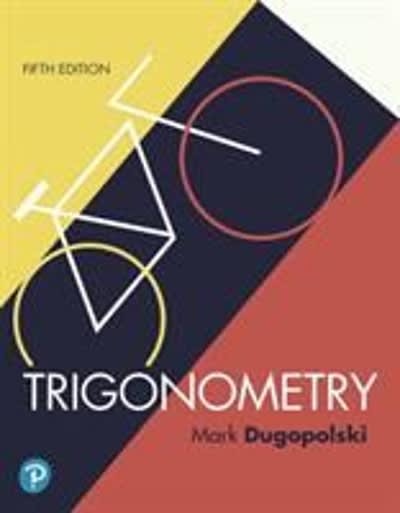Question
This exerpt from a dissertation shows examples of two mixed-model ANOVAs. The study was a comparative analysis of three groups of students (students without learning
This exerpt from a dissertation shows examples of two mixed-model ANOVAs. The study was a comparative analysis of three groups of students (students without learning disabilities, students with a reading disability, and students who had both a reading and math disability) on a math performance assessment. They were each tested under 6 conditions (a standard condition in which they received no accomodation, a condition in which the computer read the text of the test, a condition in which they watched a video that acted out the scenario in the assessment, a condition in which they constructed their responses on the computer rather than writing them on paper, a condition in which they chose any two accomodations, and a comprehensive condition in which they had access to all the accomodations). Both student achievement on the 6 tests and survey responses were compared for the three disability groups.
Student Achievement
The first ANOVA was a mixed-model ANOVA to compare the scores of students from each disability group (no disability, reading disability, reading and math disabilities) using test (accomodation condition) as the within-subjects variable and disability as the between-subjects variable. Significant differences were found for the main effects of test, F (4, 184) = 6.55, p < .001, and disability group, F (2, 46) = 23.27, p < .001, and for the interaction between the two variables, F (8, 184) = 2.54, p < .05. Table 5 shows mean scores and standard deviations for each disability group.
A series of one-way ANOVAs was run to follow-up the significant interaction between test condition and disability status. Four of the tests showed significant differences between the groups. Table 5 shows F-values for each test. Tukey HSD tests revealed that on each test that showed a significant difference, students without learning disabilities (LD) scored significantly higher than both students with RD and students with RMD, p < .01. Differences between students with RD and students with RMD were not significant on any test.
QUESTION:
- What conclusion can you draw from the result for the Constructed Response test?
Table 5
| Descriptive Statistics for Scores by Disability and Test Condition | ||||||||||
| Disability | ||||||||||
| NLD | RD | RMD | Marginal Means | |||||||
| Test | M | SD | M | SD | M | SD | Fa | |||
| Standard | 30.88 | 13.23 | 14.14 | 9.75 | 9.70 | 6.21 | 18.33 | 23.16* | ||
| Computer-read text | 33.28 | 13.22 | 14.92 | 11.32 | 9.77 | 8.65 | 19.34 | 19.02* | ||
| Video | 34.28 | 16.44 | 11.89 | 8.64 | 10.33 | 8.78 | 19.72 | 20.73* | ||
| Constructed response | 23.63 | 13.62 | 20.33 | 8.90 | 18.23 | 6.85 | 13.79 | 2.08 | ||
| Two accommodations | 20.56 | 11.22 | 16.87 | 7.64 | 17.81 | 5.47 | 18.02 | 1.34 | ||
| Comprehensive | 25.13 | 14.19 | 11.64 | 7.61 | 9.40 | 8.04 | 15.36 | 10.81* | ||
| Marginal means | 29.44 | 12.78 | 8.49 | |||||||
| aFollow-up one-way ANOVAs, df = 2, 46. | ||||||||||
| *p < .01. |
Step by Step Solution
There are 3 Steps involved in it
Step: 1

Get Instant Access to Expert-Tailored Solutions
See step-by-step solutions with expert insights and AI powered tools for academic success
Step: 2

Step: 3

Ace Your Homework with AI
Get the answers you need in no time with our AI-driven, step-by-step assistance
Get Started


